Knockouts Missing In Electrical Panels – Hazardous But Easy to Correct
Home » Electrical » Electrical Panels »
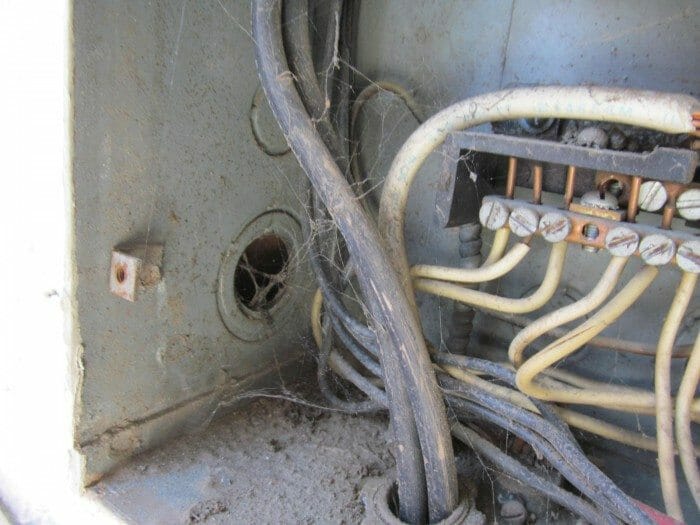
Missing knockouts in electrical panels present a multitude of dangers that should be addressed promptly. Understanding these dangers is crucial for both homeowners and professionals who work in electrical installations or related fields.
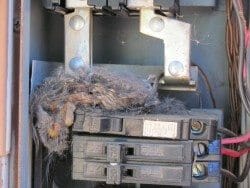
- Electrical Safety Hazards: The most immediate concern is the direct exposure to live electrical components. Electrical panels are designed to safely contain electrical connections, circuits, and switches. When knockouts – the pre-cut metal discs that allow for the installation of additional breakers or conduits – are missing, it leaves an open pathway. Anyone accidentally reaching or inserting a tool into these openings can come into direct contact with live electrical parts, leading to a risk of electrical shock or electrocution.
- Environmental Contaminants: A missing knockout can allow for the entry of environmental contaminants such as dust, dirt, insects, and even small rodents. Over time, the accumulation of these contaminants can cause circuits to short out, connections to corrode, or introduce unwanted conductive materials that can cause arcs or fires.
- Fire Hazard: Arcing is a significant concern in electrical systems. If foreign materials or pests make their way inside an electrical panel through a missing knockout, they can cause electrical arcs. An arc can ignite surrounding materials, leading to fires. Moreover, the consistent exposure of the internal components to air can cause them to oxidize faster, further increasing the risk of arcing.
- Moisture Intrusion: Missing knockouts also present an avenue for moisture intrusion. Moisture is an enemy to electrical systems. It can cause corrosion, reduce the insulation capability of wires, and lead to short-circuits. Moist environments within the panel can also be conducive to mold growth, which can deteriorate the panel’s components over time.
- Impaired Component Operation: The design of electrical panels isn’t solely about containment; it’s also about maintaining a certain environment for the components inside. Missing knockouts can disturb the thermal balance of the panel. In some cases, it could lead to components overheating, which reduces their lifespan and can lead to malfunctions.
In light of these dangers, it’s crucial to address missing knockouts immediately. Simple solutions, like installing appropriate knockout seals or plugs, can prevent many of the risks associated with these openings. Regular inspections and maintenance of electrical panels are also essential to ensure that the protective features of the panel remain intact.
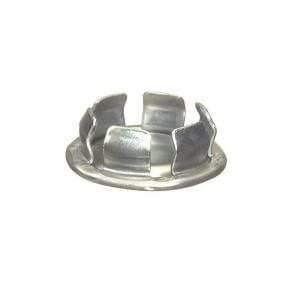
Metal Snap Plugs
When snapping in these metal plugs extra care should be taken, especially in an electrical panel or sub-panel. At times they will not snap directly in and pop out while snapping them in. If they hit a live bus bar or certain other parts of a panel, then arching may occur.
A second concern is that if they are in a hard to reach location or near live power that is not shielded, one could accidentally come in contact with the live power and get shocked. If the metal plug is being placed into a junction box, there is much less chance of coming into contact with an exposed energized part or wire.
Terminology – Note that if searching on line a round metal plug is called a “steel hole plug.”
Breaker knockout filler plate missing
Breakers or rectangle knockouts that have been removed from a panel leaves a gap where a person or child could stick something in. Should it be metal, shock or injury might occur; therefore it is wise to seal these with breaker blanks that just snap into the openings.
The part of an electrical panel where rectangle knock-outs are missing is usually called the “Dead Front” and for good reason.
Terminology – rectangle filler pieces are often called knock-outs, panel cover twist outs or breaker filler plates. On line they are generally called filler plates or breaker filler plates.
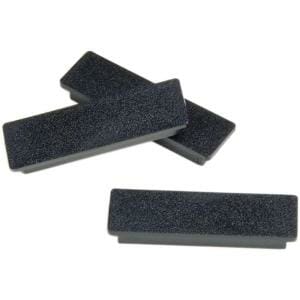
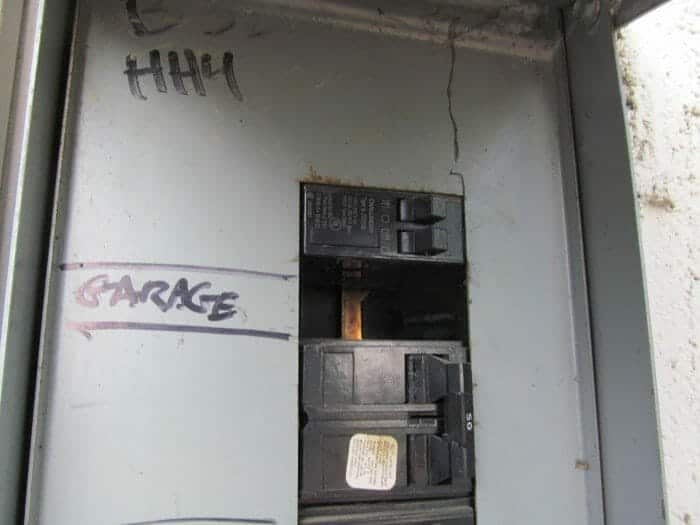
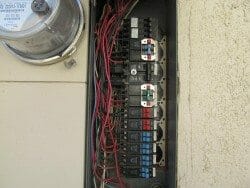
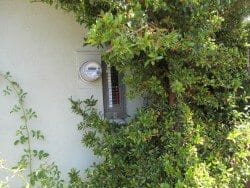

Can you use a piece of metal and glue to cover an a knock out on an old pannel
You could, but should not. This does not conform with the national electric code, and if you ever need that hole again it would be simpler to just remove the knockout plug than remove metal glued in place.